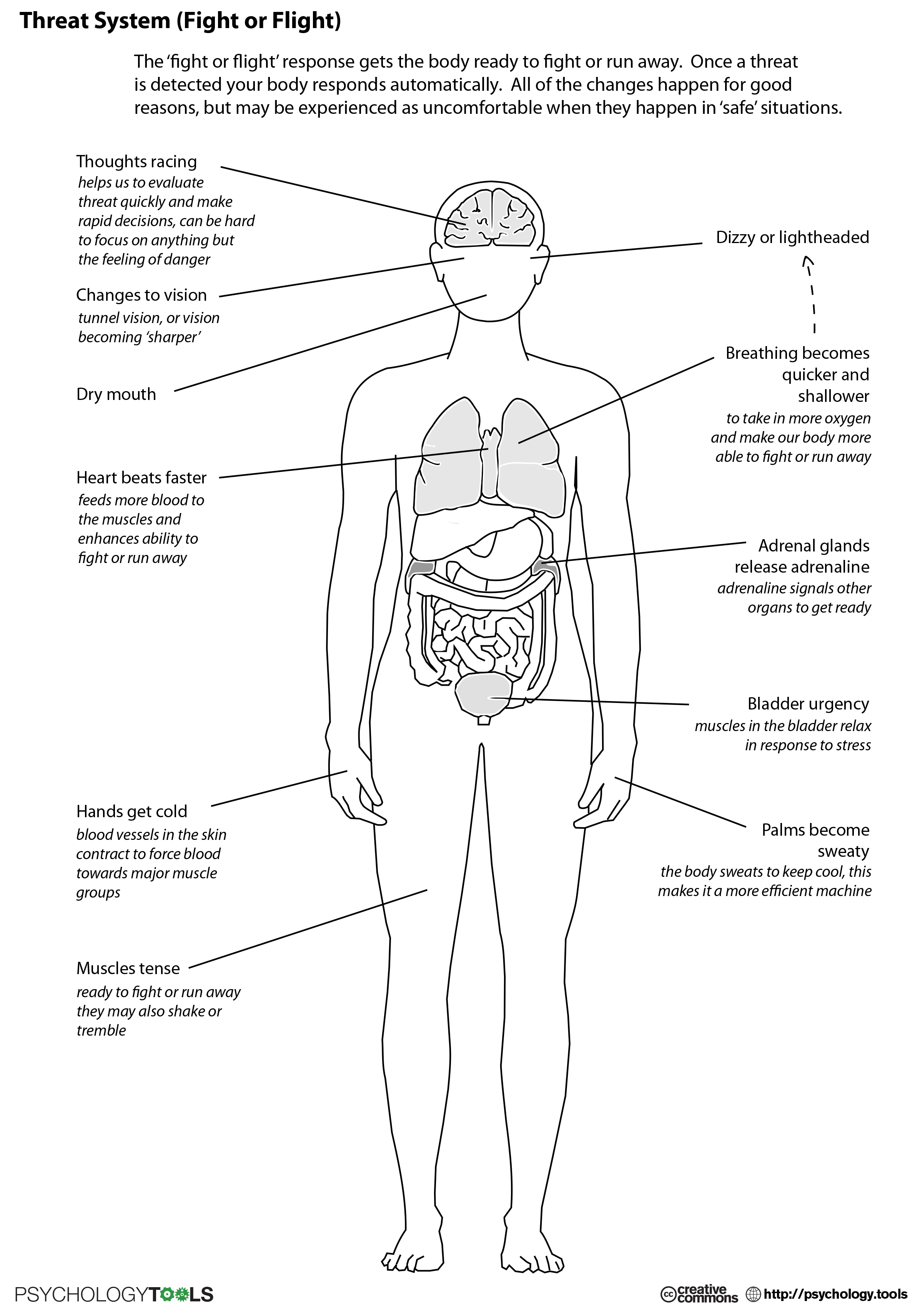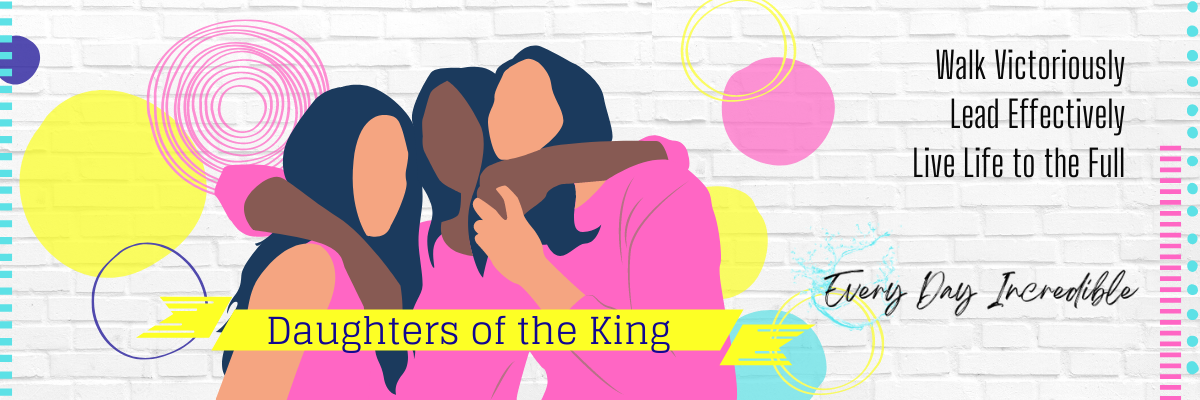 Did you know that some anxiety is actually a good thing?
Did you know that some anxiety is actually a good thing?
Think about it. If you never felt anxious, would you ever feel motivated to work harder to make sure you got that promotion at work, or kept your job?
What would happen if you didn’t have any anxiety at all? Would you have ever passed an exam in school? Would you be able to keep yourself safe in dangerous circumstances? Our bodies have a natural threat system.
Physically, what happens when you’re feeling anxious- all of those physical symptoms are there for a purpose. You may be familiar with the concept of fight, fight, or freeze. That’s what your body does when that threat system is activated. So, your body is basically preparing to either fight, run away, or freeze, depending on what the danger is. You can imagine that there are times when those reactions are necessary if there’s a physical threat to you.
When you look at the physical symptoms of what happens when that threat system is activated, they look a lot like your anxiety symptoms. You might have racing thoughts, changes to your vision, dry mouth, your heart will beat faster as it feeds more blood to the muscles to enhance your ability to fight or run away, your hands might get cold as your blood vessels in the skin contract and force blood toward the major muscle groups. Your muscles tense, and you might also shake or tremble. Your palms become sweaty (this is the body’s way of keeping cool and making it a more efficient machine), increased bladder urgency (the muscles and the bladder relax in response to stress), your adrenal glands release adrenaline to signal other organs to get ready, your breathing becomes quicker and shallower, and you might feel dizzy or lightheaded.
If you experience anxiety, you’re probably pretty familiar with those symptoms. The trouble comes when that threat system is activated but there’s not a physical threat in front of you. When you’re in a safe situation and you’re experiencing these anxiety symptoms, it can be pretty overwhelming!
Your brain has a tendency to try to look for reasons to justify your threat system being activated. That’s when you might have racing, worried thoughts about what could be wrong.
Think about it this way… if you were in a near-accident- someone pulls up in front of you and you almost hit them. Of course your threat system is going to be activated. Your body is preparing to face whatever this threat is in front of you. But, when the situation is over and you are back in safety, your brain knows that you’re safe again because you saw what the threat was. you have that connection. You have something tangible to connect those symptoms to, so you’re able to bring your body back into control.
But, if you are dwelling on worries; if you’re rehearsing them in your mind and you’re thinking about all those thoughts that produce anxiety for you (that thinking that we get into the habit of doing if we’re not careful), then you can trigger that threat system or maybe it’s even an underlying physical problem that could trigger the threat system. If you don’t see something that is actually a physical threat in front of you, it can be tough to know why your body is responding the way that it is.
When you don’t have something tangible in front of you that is an obvious threat, then your brain tries to figure out what the connection is and you’re probably more likely to continue in those anxious thoughts and to get further and further into that anxious thoughts-threat system activated cycle.
When that’s left to continue, that’s when we start getting into things like panic attacks.
Here’s a quick trick that can be very helpful in handling when you find that your body is engaging in that threat system activated mode. Think about something you’re excited about, and say (out loud), “well, I’m excited about my plans this weekend,” or whatever it may be.
 The symptoms of excited and anxious are actually pretty similar – so when you give your brain something that you’re excited about and you’re focusing on something that’s positive and good that might explain some of those symptoms, then you’re less likely to have the worried thoughts are more likely to have the excited thoughts.
The symptoms of excited and anxious are actually pretty similar – so when you give your brain something that you’re excited about and you’re focusing on something that’s positive and good that might explain some of those symptoms, then you’re less likely to have the worried thoughts are more likely to have the excited thoughts.
There’s a quick trick of something that can actually help when you’re starting to feel a little panic or anxious.
Share in the Every Day Incredible Ladies Facebook group any tricks or techniques you’ve found helpful in dealing with anxiety!
Also, be sure to join the mailing list to receive your free copy of our guide for using prayer to defeat anxiety!
As always, remember that there are opportunities every day, so make Every Day Incredible!
